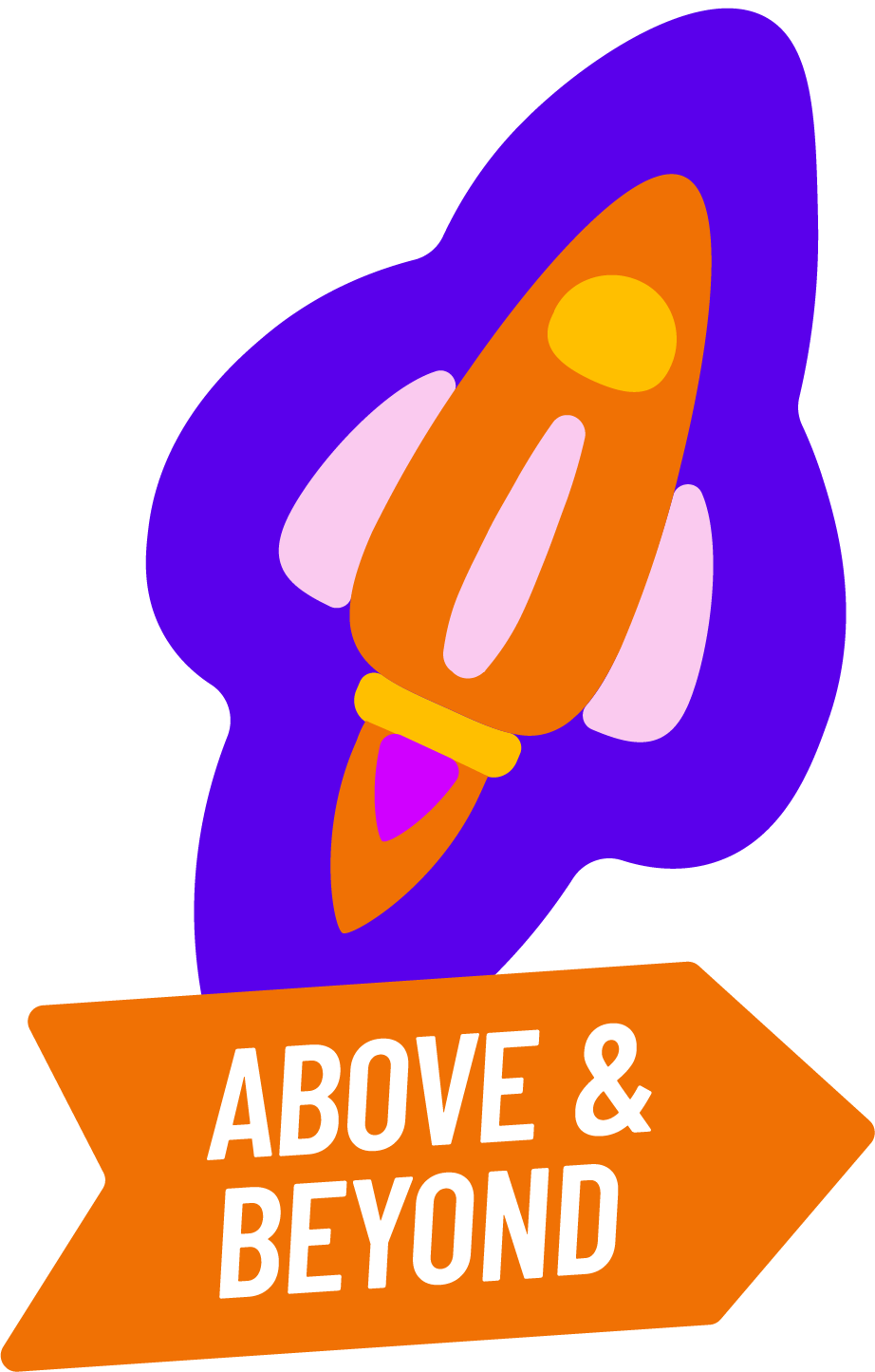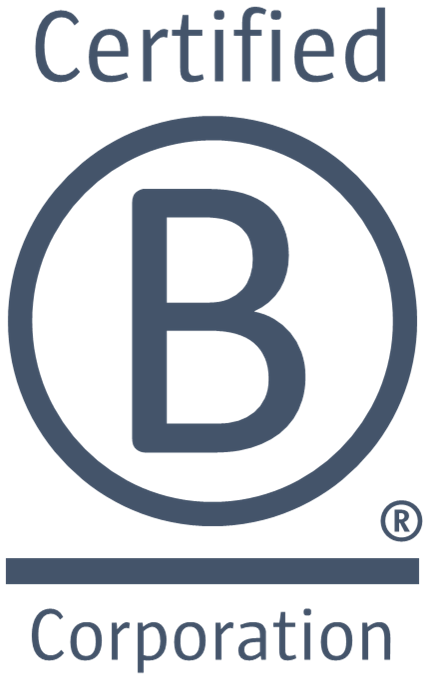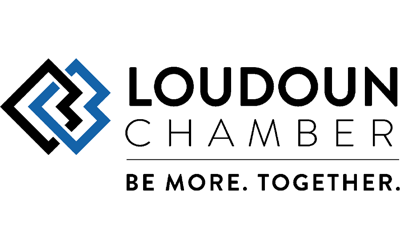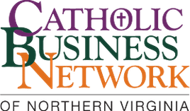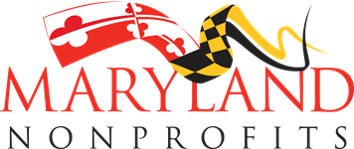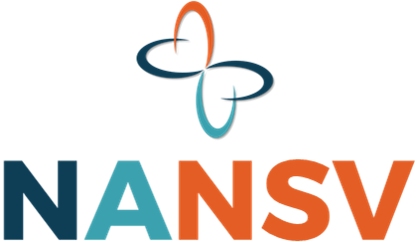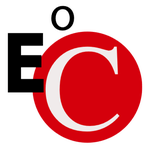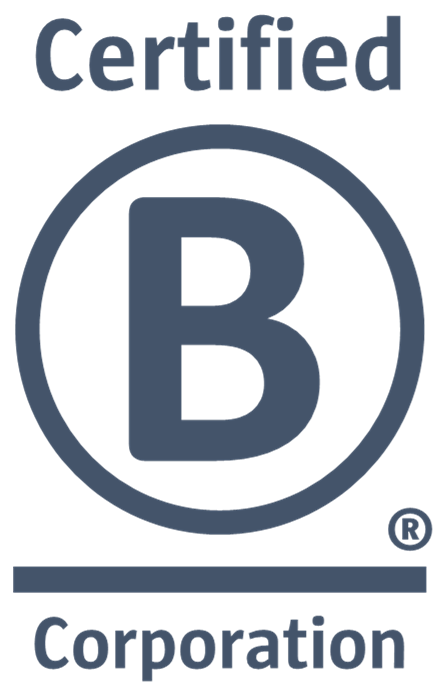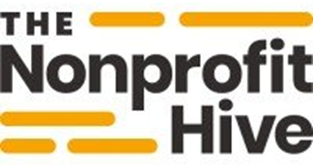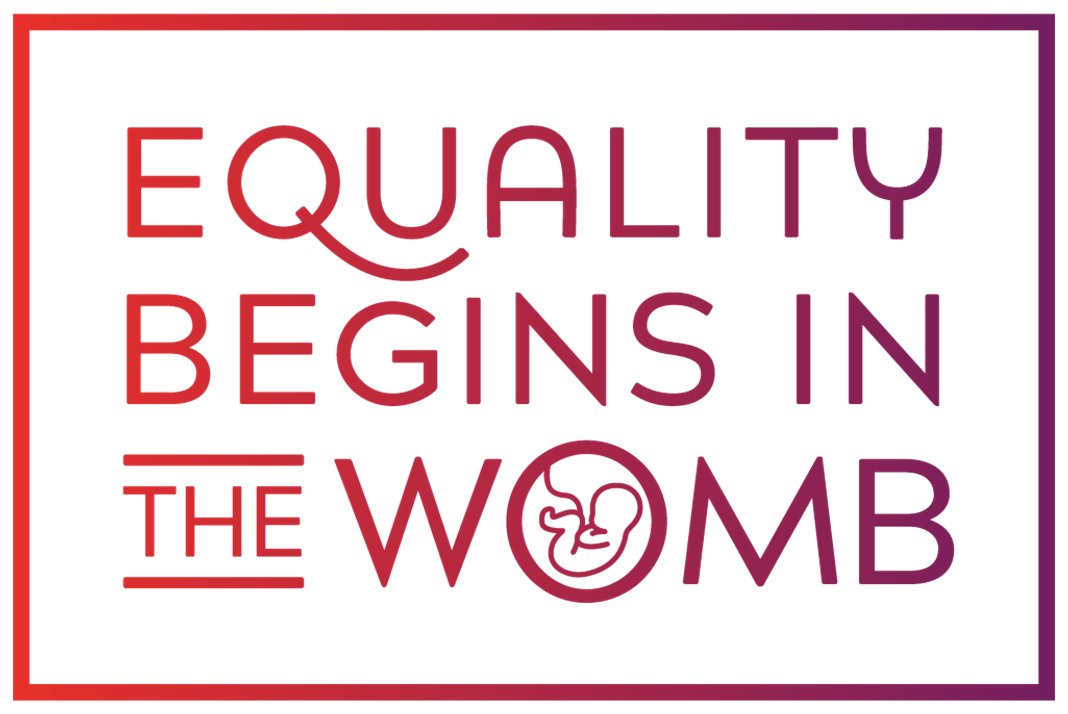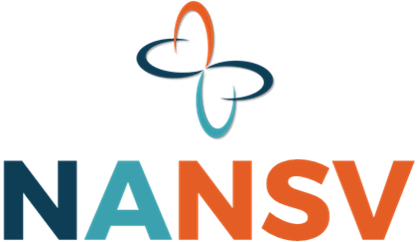Every change—whether related to structure, process, technology, culture, or "other"—requires organizational readiness. In the case of CRM, people are a key “limiting factor”—capacity (knowledge, skills, time, etc.) to engage in modern marketing approaches should influence in where you decide to go with your CRM platform. Too many non-profits lack, and aren't able to acquire, the resources needed to go “all in” on donor development, yet still procure high-cost, complex systems that end up under- or even un-utilized. You’re making a major investment. If you buy more than you'll be able to use, your ROI will at best be limited.
Empowering Marketing with the Right Tools
What you need from CRM technology

In our previous post, we walked through what relationships mean for modern donor marketing and the benefits of “meeting people where they’re at” to inform, engage, convert, and retain. We explained how Customer Relationship Management (CRM) software enables non-profits to identify and learn about key segments, customize marketing strategies, increase efficiency, and more. In this article, we address what you need from a CRM system. That varies based on your size, strategy, staffing, budget, and other critical factors. So, you need to think through short- and long-term plans, needs and capacity now and as you scale up, budget, return on investment (ROI) potential, and integration, implementation, training and support requirements, etc.
CRM systems make sense, but they have to meet your needs
As we discussed earlier, the right CRM platform can enable relationship marketing and help you streamline marketing processes, improve communications and engagement, collect and analyze data to make informed decisions on donor strategies and tactics, and more. The challenge is finding one with the necessary capabilities at a cost they can afford. Answering nine key questions will help your organization lay out your requirements and budget so you know what you’re looking for, and what you can pay.
1. Who are your most important “givers?”
Non-profits can have a range of existing and prospective contributors, from current and prospective individual donors and members to corporate benefactors, as well as foundations and other sources of funding. Each of them provides something different, and they have unique needs. Understanding who your organization’s key funders are today is an essential first step in determining what you need a CRM system to do, since there are options ranging from simple individual donor engagement capabilities to more complex grants management tools, the benefits of which depend on who supports you.
2. What do you need your donors to do?
Obviously, non-profits want from donors is to contribute and, preferably, do it again. Relationship marketing requires you inform donors, build trust, influence decisions, and make it easy for them to give. You'll also want to keep them engaged, communicating your plans and needs so they donate again and, ultimately, getting them to advocate for you. “How” depends on their preferences and decision drivers—groups respond (or don’t) uniquely to the experiences they have with you. Getting an early sense of this and laying out the basics of your plans will influence what you need in a CRM system.
3. How large is your base, and who’s supporting it?
Size matters—particularly, the size of your donor pool. It’s also important to note the organizational roles involved in CRM activities. Requirements for managing a small base are different than for a large number of diverse funders, and also for one person vs. multiple people with fundraising as part of their responsibilities (e.g., the Executive Director, an Operations Director, and/or a board member or marketing committee) versus a dedicated department. All of this can affect CRM platform database (e.g., number of contacts), training, system access, security, and other requirements.
4. What are you prepared to do with a CRM system?
5. What are your long-term donor plans and strategies?
Review Questions 1 and 2 but look ahead to how you see your base changing in the future. Evaluating market potential is the first step—segments, sizes, funding capacity, etc. Also consider how you might engage different types of funders, as methods may depend on the targets, your expected outcomes, and their drivers, preferences, and influencers. At the same time, you have to project the human resources you’ll need, particularly in terms of skills and numbers, to support your evolving base. You want a system that can grow with you, not one that’s overcome by events fairly quickly.
6. Do you see yourself using CRM for more than donors?
CRM systems are key for prospect and donor engagement, but they can also be used to do much more. They can improve volunteer recruitment and communications, for example, and even enable or enhance client tracking and case management. Like they do with donor information, many non-profits are still using basic spreadsheets for things like these, while others use separate, distinct systems for them. Employing one single platform for all of it has many advantages for some non-profits. Examining what you do, what your clientele is like, and how CRM can help beyond donors may be worth the time.
7. What are your ideal “functional capabilities" for a CRM platform?
Having addressed the above, it’s time to identify the features you need in your system. Capabilities will range from organizing, sending, and tracking e-mail communications to customized donor profiles, integrated e-mail, telephone, text, and other outreach tools, automated processes, data capture (e.g., interactions and conversions) and analytics, payments and accounting, and more. They are also variations in number of users, access points, database capacity, user interfaces, and security. Listing and prioritizing needs and wants makes it easier to evaluate and select from among many options.
8. What’s the most you’re willing to spend on the product?
Of course, ability to pay is a significant factor in choosing a CRM system. Know the limits on the up-front cost your non-profit can absorb today. Remember, however, that this is an investment. You may want to look for additional, short-term funding sources to give yourself more options for the greatest ROI. Keep in mind that if you choose correctly and your system is used to their fullest, your relationship marketing efforts will pay off far more than you put in. That said, you do need to consider risk tolerance, recognizing the volatility of the donor market and the fact there are things you can’t control.
9. What’s support will you need for implementation and maintenance?
Beyond its base cost, there are technical and people aspects involved in making a CRM system usable and useful for what you want to accomplish. Platform capabilities, integrations, and user training influence the level of effort required from both the non-profit and the vendor, and the cost to your organization. There are also recurring costs to account for, such as licensing, “help desk” services, changes to applications that feed the CRM system, and product updates and upgrades. It’s critical to determine what you can commit to product setup and on-going training, support, and upkeep.

The importance of this last point can’t be overstated. So many non-profits have tried certain products, only to find they're unable to use their capabilities as they'd hoped. Often, the problem isn’t the system itself, but the organizations "cutting corners" to save money. Using someone other than the vendor (e.g., through pro bono services or even by themselves) to implement the platform and train users, assuming users will "learn on the job," and other shortcuts don’t usually end well. If you decide to make the significant investment involved in CRM system procurement, take it all the way.
Great! Now how do we see what's on the market?
Come back next week for our third post in this series, Navigating the Universe of CRM Platforms: How to Choose the Product that’s Right for You. We’ll give you some tips that will help you explore what’s available and make the best choice for your non-profit.
Thanks to
Tasha Van Vlack of
Yeeboo Digital and her colleagues for their input into this second article of our series as well!
Read Other Posts


